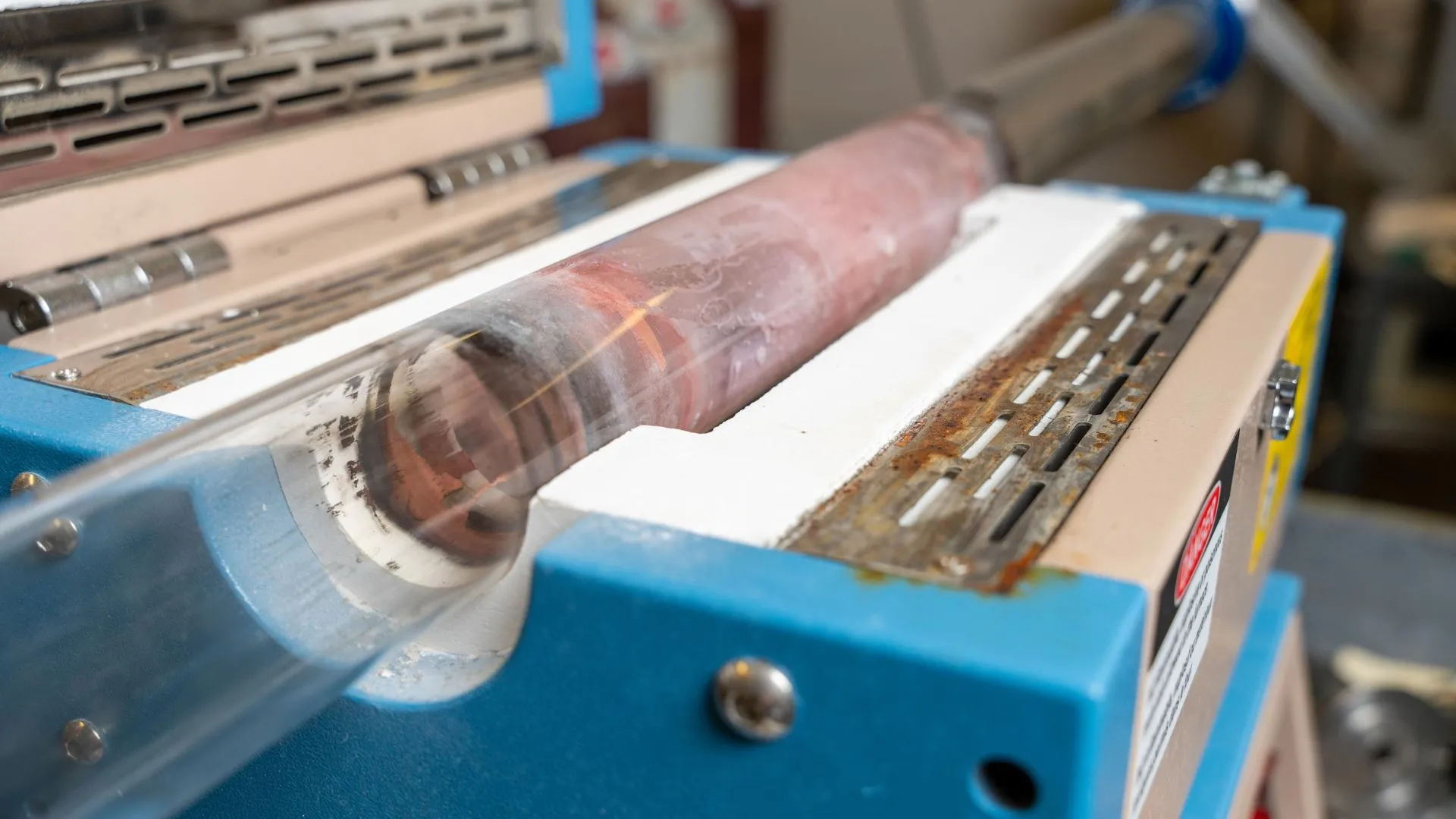Copyright Interesting Engineering

From smartphones to spacecraft, metals are everywhere. They form the backbone of modern technology, valued for their strength and conductivity. But until now, no one had ever managed to turn metal into a gel. Researchers at Texas A&M University have now created the world’s first metallic gel, a material that can endure extreme heat and could reshape how energy is stored and used. Unlike common gels that use organic materials to hold liquids at room temperature, the metallic gel is made entirely from metals. It is created by mixing two powdered metals and heating the blend until one melts while the other stays solid. The solid metal forms a fine scaffold that traps the molten one inside. The result looks solid but contains liquid within, giving it the texture and properties of a gel. “Metallic gels have never been reported before, probably because no one thought liquid metals could be supported by an internal ultrafine skeleton,” said Dr. Michael J. Demkowicz, who led the research. “What’s surprising in this case is that when the majority component, copper, was melted into liquid, it didn’t just collapse into a puddle.” Because one of the metals must melt during the process, metallic gels form only at very high temperatures, often around 1,000 degrees Celsius or 1,832 degrees Fahrenheit, depending on the metals used. Making liquid metal batteries mobile The discovery could help solve a long-standing limitation in liquid metal batteries, or LMBs. These batteries store and release large amounts of energy using molten layers instead of solid electrodes. Their liquid parts make them durable since they do not wear down as quickly as conventional batteries. But they also have a weakness. When the batteries move, the liquid inside can shift and cause a short circuit. Metallic gels could fix that problem. By holding the liquid metal in place, they could allow LMBs to be used in moving systems such as ships or heavy industrial vehicles that can handle high heat. To test this idea, researchers built a small prototype battery using two cube-shaped electrodes. The anode was made from a mix of liquid calcium and solid iron, while the cathode used liquid bismuth and iron. Both electrodes were placed in molten salt, which allowed an electrical charge to pass between them. The setup produced electricity, and the mostly liquid electrodes held their shape and functioned as intended. Discovery born from curiosity The metallic gel was not part of the team’s original goal. Demkowicz and doctoral student Charles Borenstein were studying how metal composites behave when heated. “We were just exploring different methods of processing composites by heat,” said Demkowicz. “All we wanted to do, at first, was to see: Does this even survive until one of the components melts?” Borenstein recalled testing a mix of 25 percent tantalum and 75 percent copper in a furnace set to copper’s melting point. “Nothing happened, which I found kind of confusing,” he said. “We were pretty surprised by these results.” Further experiments revealed that any mixture with more than 18 percent tantalum retained its gel-like form. To understand the structure, the team used high-resolution micro-CT scanning. The scans showed that tantalum formed a solid skeleton holding the liquid copper inside. While copper and tantalum were not ideal for batteries, they were perfect for studying the material’s inner structure. The researchers then shifted to more practical metals such as iron, bismuth, and calcium, and proved that the metallic gel could work inside an LMB.



